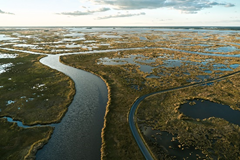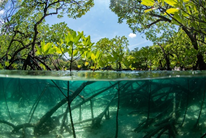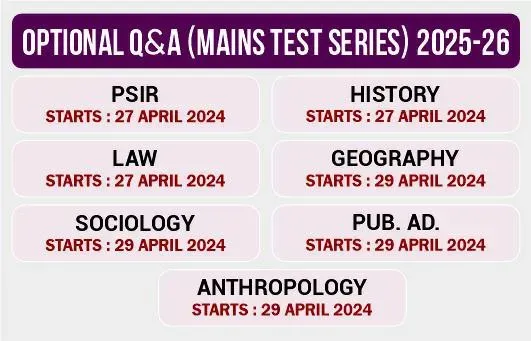|
Goa has 42 identified wetlands as, the state wetland authority (GSWA) submitted to the NGT.

|
Wetlands as “areas of marsh, fen, peat land or water, whether natural or artificial, permanent or temporary, with water that is static or flowing, fresh, brackish or salt, including areas of marine water the depth of which at low tide does not exceed six meters”.
- In August this year, India added 11 more wetlands to the list of Ramsar sites to make total 75 Ramsar sites covering an area of 13,26,677 ha in the country.
The Ramsar Convention
- The Ramsar Convention is the intergovernmental treaty that provides the framework for the conservation and wise use of wetlands and their resources.
- The Convention was adopted in the Iranian city of Ramsar in 1971 and came into force in 1975.
- India is one of the Contracting Parties to Ramsar Convention, signed in Ramsar, Iran, in 1971. India signed it on 1st Feb 1982. During 1982 to 2013, a total of 26 sites were added to the list of Ramsar sites, however, during 2014 to 2022, the country has added 49 new wetlands to the list of Ramsar sites.
|
|
Blue Carbon – World’s most efficient absorbers of CO2 and long-term carbon sinks

|
- Blue carbon ecosystems are some of the world’s most efficient absorbers of CO2 and long-term carbon sinks. The carbon sequestered by the world’s oceans and coastal wetlands is termed ‘blue carbon’.
- These ecosystems are some of the world’s most efficient absorbers of CO2 and the largest long-term carbon sinks.
- Important blue carbon wetland habitats: mangroves, seagrasses, and tidal marshes.
- o India’s Sundarbans National Park is among five sites that have the highest blue carbon stocks globally.
- Emerging blue carbon components include seaweed, especially kelp and Sargassum, phytoplankton, shellfish beds, seabed sediments, and marine vertebrates, like sharks, whales, and deepwater ‘mesopelagic’ fish.
|







